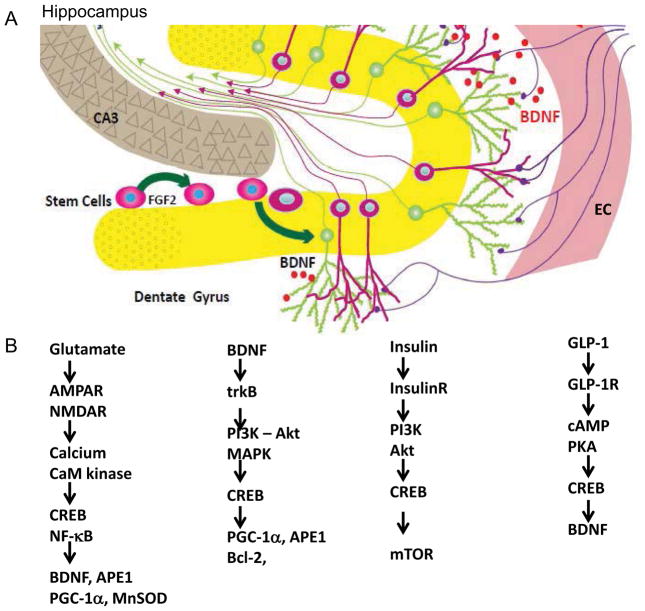Figure 4. Neural circuits and cellular signaling pathways the mediate adaptive responses of the brain to fasting.
A) Neurons in the hippocampus play critical roles in learning and memory, and are vulnerable to dysfunction and degeneration in Alzheimer’s disease, stroke, traumatic brain injury and epilepsy. The dentate gyrus (yellow) contains neurons that receive inputs from neurons in the entorhinal cortex (EC), with the latter brain region serving as a conduit for sensory information from higher cerebral cortical regions involved in responding to sensory inputs and internally-generated cognitive processes. Increased activity in these neurons occurs in response to fasting resulting in the production of brain-derived neurotrophic factor (BDNF). BDNF promotes the growth and maintenance of dendrites and synapses, and also enhances the production and survival of new neurons from neural stem cells; the newly-generated neurons then integrate into the existing neural circuits; B) Signaling pathways by which glutamate, BDNF, insulin and glucagon-like peptide 1 (GLP-1) improve neuronal bioenergetics and protect the neurons against neurodegenerative disease and traumatic injury. Glutamate activates AMPA and N-methyl-D-aspartate (NMDA) receptors resulting in Ca2+ influx and the activation of Ca2+/calmodulin-sensitive (CaM) kinases which, in turn, activate the transcription factors cyclic AMP response element-binding protein (CREB) and nuclear factor κB (NF-κB). Genes induced by the latter transcription factor include those encoding BDNF, the DNA repair enzyme APE1, the master regulator of mitochondrial biogenesis PGC-1α, and the antioxidant enzyme manganese superoxide dismutase (MnSOD). BDNF and insulin bind their respective receptor tyrosine kinases (trkB and the insulin receptor) resulting in the activation of the PI3 kinase and Akt kinase. BDNF also stimulates mitogen-activated protein kinases (MAPK). Some of the gene targets of BDNF include PGC-1α, APE1, and the anti-apoptotic protein Bcl-2. Insulin activates the mammalian target of rapamycin (mTOR) pathway to promote protein synthesis and cell growth. Finally, GLP-1 activates receptors (GLP-1R) coupled to cyclic AMP production, CREB activation and BDNF production.

